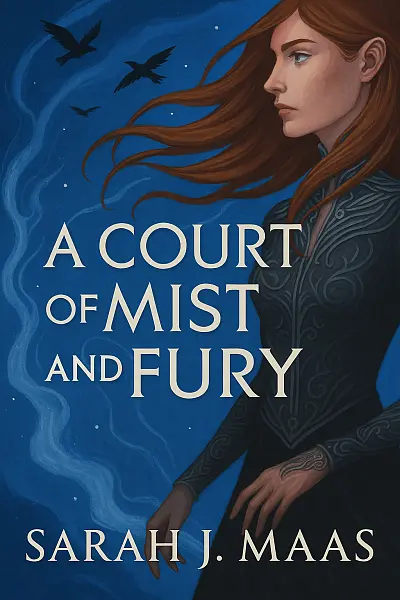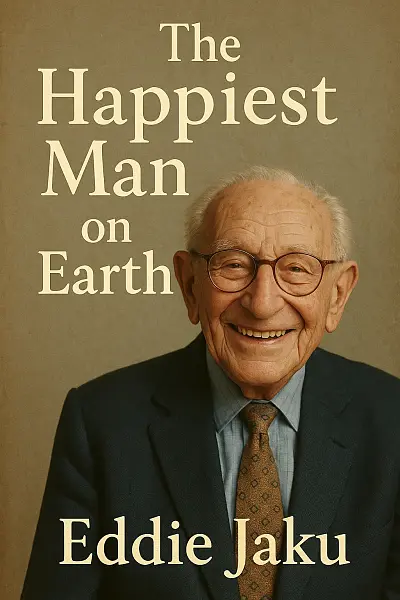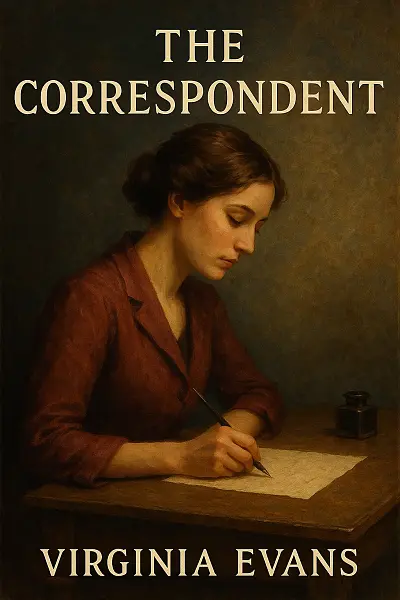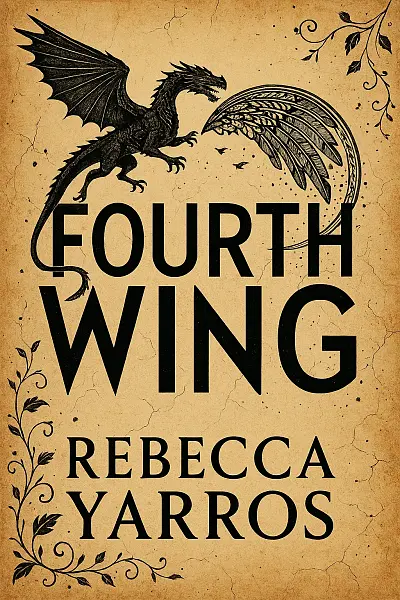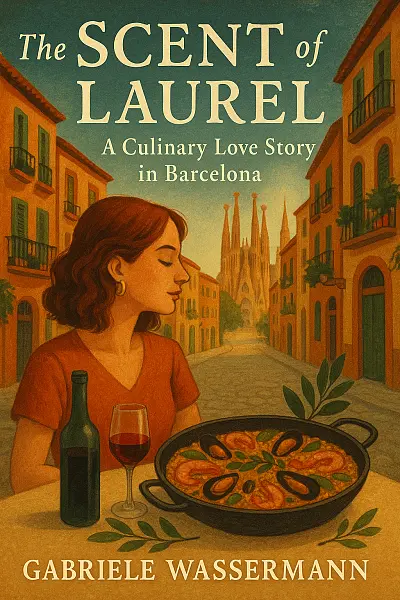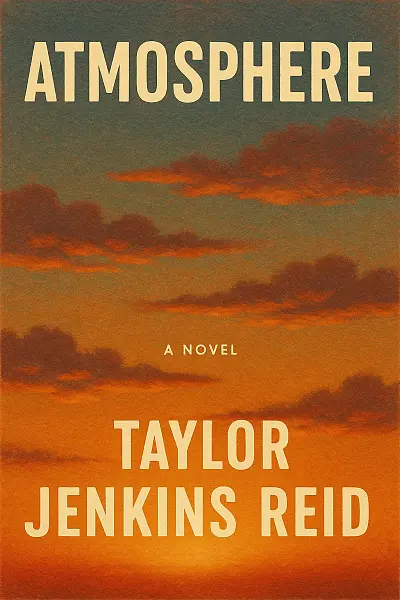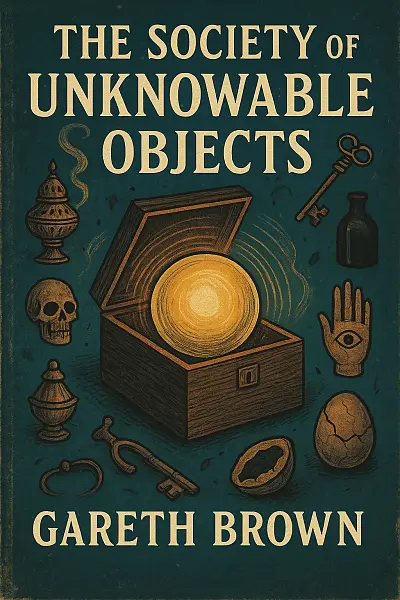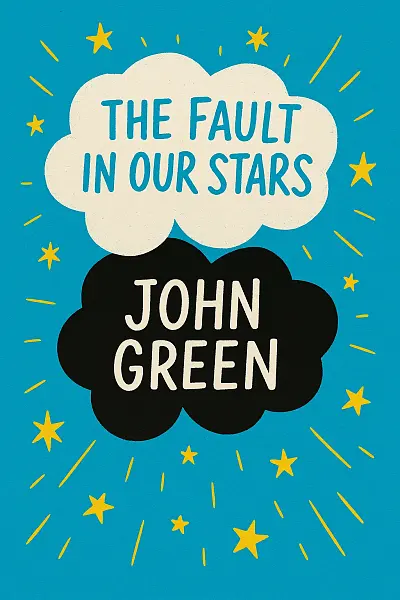
The Fault in Our Stars
by: John Green
Hazel Grace Lancaster spends her days tethered to oxygen tanks, caught somewhere between survival and resignation in the suburbs of Indianapolis. Everything changes when she meets Augustus Waters, a charming survivor, at her support group; he's all wit and warmth, challenging her to imagine a different ending for herself.
Suddenly, Hazel is pulled into a whirlwind of unexpected romance and vulnerability, both teens desperate to leave a mark despite their limited time. With illness hanging over every moment, Hazel must confront what it means to love deeply while knowing how much there is to lose.
John Green's style is heartbreakingly honest but darkly funny, filled with raw conversations and poignant, imperfect hope.
""We measure forever not in years, but in the weight of the moments we dare to truly live.""
Literary Analysis
Writing Style
Atmosphere
The Fault in Our Stars crafts an intimate, bittersweet atmosphere—think humid summer afternoons tinged with both hope and heartbreak. There’s a sense of quiet reflection threaded through bustling hospital corridors and touching everyday moments, making the story feel both deeply personal and universally relatable. The mood dances between mournful and witty, with just enough edge to keep it from ever feeling maudlin.
Prose Style
John Green’s writing is crisp, disarmingly clever, and loaded with voice. Expect sentences that sparkle with irony and intelligence—narration that often feels like overhearing the best secrets at a late-night sleepover. The dialogue snaps with wit, turning philosophical reflections and gallows humor into something rhythmic and memorable. Don’t be surprised if you find yourself lingering on poetic turns of phrase or underlining sharp observations that pop off the page.
Pacing
The book favors a measured, steady pace, balancing quiet introspection with moments of dramatic intensity. Green keeps the pages turning with sharp, emotionally charged scenes, but never rushes. The plot unfolds gradually: conversations stretch out, relationships simmer, and tension builds gently. It’s the kind of pacing that lets you marinate in the big feelings, but you might find it a bit slow if you’re craving nonstop action.
Character Voice & Dialogue
Hazel’s narration is saturated with dry humor and vulnerability; Augustus bursts with grandiloquence and charm. Green gives his characters highly articulate, sometimes larger-than-life voices—full of pop culture nods, literary references, and biting honesty. The banter flows naturally, perfectly balancing the heavy subject matter with warmth and levity.
Emotional Tone
Bittersweet is the name of the game—raw, honest emotions run just beneath the surface, bursting through in moments both mundane and monumental. You’ll find yourself laughing at one page, misty-eyed at the next. There’s sincerity and sarcasm in equal measure, never letting the story drown in sentimentality.
Imagery & Symbolism
Green weaves in imagery that feels fresh and purposeful—metaphors about grenades, stars, and infinities resonate long after you’ve read them. Symbolism is prominent but never heavy-handed; small objects and phrases take on deeper meaning as the story progresses, rewarding those who read closely.
Overall Rhythm & Feel
Reading The Fault in Our Stars is like sinking into a conversation with your smartest, most emotionally honest friend. The language pops, the mood lingers, and every chapter strikes that fragile balance between beauty and sorrow. If you’re looking for lyrical prose with just enough bite—and a story that isn’t afraid to get real—this book delivers.
Key Takeaways
- Hazel and Augustus’s Amsterdam adventure — poetic, heartbreaking, and brimming with hope
- Metafictional kick: Letters to Peter Van Houten spiral into an encounter as absurd as it is profound
- Dialogue so sharp and witty you’ll want to quote every page
- “Okay? Okay.” — the insider code that’ll stay lodged in your heart
- Terminal illness filtered through dark humor and teenage longing — honest, raw, and deeply moving
- Side character gold: Isaac’s video game rage and vulnerability bring comic relief and depth
- Final chapters pack a quiet punch — grief, love, and the impossible search for meaning
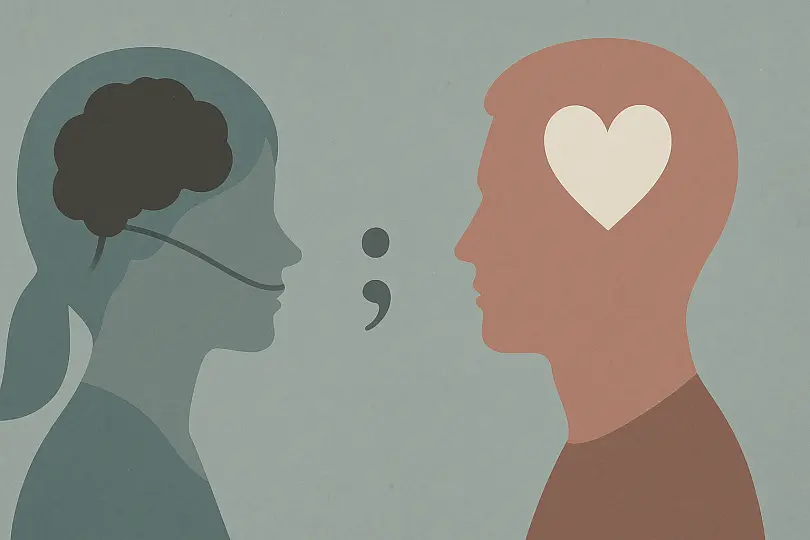
Love in the shadow of fate—where wit and heartbreak collide.
Reader Insights
Who Should Read This
Wondering if The Fault in Our Stars is your next read? Let’s chat!
If you’re into contemporary YA novels with a mix of deep feels and biting humor, this one’s basically a must. John Green brings you smart, witty teens facing life’s big questions — so if you love books that make you laugh, cry, and think (sometimes all at once), give this a spot on your shelf. Fans of stories about first love, struggle, and finding meaning even when things are tough will definitely connect.
- Romance readers, especially those who don’t mind having their heartstrings tugged, will find a lot to love.
- If you’re drawn to character-driven stories over action-heavy plots, this book will totally pull you in.
- Love authors like Rainbow Rowell, Nicola Yoon, or Jenny Han? You’ll probably feel right at home here.
- If you’re curious about books that handle illness or loss with honesty but don’t wallow in melodrama, this novel’s mix of humor and heartbreak is refreshing.
On the flip side...
- If heavy emotional content or books that deal with illness are not your thing, you might want to skip this one—it gets real and doesn’t shy away from hard topics.
- Those who prefer fast-paced thrillers, fantasy worlds, or lots of action might find this a bit slow, since it’s more about conversations and inner journeys.
- If snarky, self-aware narrators aren’t your vibe, the voice might not click for you.
So, if you’re up for a book that’s thoughtful, emotional, and unexpectedly funny — with characters who feel almost too real — The Fault in Our Stars is absolutely worth the ride. Just keep tissues nearby (but you’ll also laugh, promise!).
Story Overview
Looking for a book that’ll tug at your heart while making you laugh out loud?
The Fault in Our Stars follows Hazel, a witty teenager living with cancer whose life takes a turn when she meets Augustus at a support group. As these two navigate love, illness, and big questions about meaning, they dive into a journey that’s equal parts poignant and hilarious.
Ultimately, it’s a swoon-worthy, sharply narrated story that beautifully balances romance and heartbreak—and holds plenty of surprises along the way!
Main Characters
-
Hazel Grace Lancaster: Clever, introspective teen living with terminal cancer. Her unique perspective and emotional journey are the beating heart of the story.
-
Augustus (Gus) Waters: Charismatic and philosophical former athlete who lost a leg to cancer. He sweeps Hazel into a whirlwind romance, challenging her outlook on life and love.
-
Isaac: Augustus's witty best friend facing blindness due to cancer. His loyalty and vulnerability add depth (and a dose of humor) to the group dynamic.
-
Peter Van Houten: Reclusive author of Hazel’s favorite book, whose disappointing actions test the characters' understanding of heroes and closure.
-
Frannie Lancaster: Hazel’s devoted mother, grappling with the constant fear of loss while fiercely supporting her daughter every step of the way.
If You Loved This Book
If Looking for Alaska had you reflecting on the bittersweet messiness of young love and grief, The Fault in Our Stars will tug at your heartstrings in much the same way—John Green’s signature blend of wit and vulnerability works its magic here too, though with an even sharper focus on mortality and hope. Fans of Me Before You by Jojo Moyes will notice a familiar cocktail of humor and heartbreak, as both novels skillfully explore life’s joys and devastations through the lens of characters grappling with serious illness while striving for meaning and authentic connection.
There’s also a cinematic quality to Hazel and Augustus’s whirlwind romance that may remind you of the film A Walk to Remember: both stories capture that beautifully intense, slightly rebellious energy of first love found in the least likely circumstances, and both are unafraid to embrace raw emotion alongside moments of levity. Each connection draws out a different shade of The Fault in Our Stars—its snappy dialogue, its emotional honesty, and ultimately, its reminder that even the shortest stories can leave the deepest marks.
Expert Review
What does it mean to fully experience life when fate has placed an expiration date on hope, desire, and even first love? The Fault in Our Stars dares to ask: can irreverence, humor, and yearning defy even the gravest diagnoses? John Green’s novel throws readers headlong into the raw, luminous world of two teens whose stories seem already written, yet who insist on penning their own reckless, beautiful chapters.
Green’s writing rings with authenticity, alternating between mordant wit and piercing vulnerability. The novel’s first-person narration, via Hazel’s sharp perspective, masterfully balances caustic humor with philosophical musings, making existential terror feel startlingly intimate. Dialogue snaps and sparkles without ever devolving into affectation; each conversation is a dance of intelligence, flirtation, and fear. Green takes wild risks with metaphor and language—sometimes a line feels like it might topple into pretension, but he largely sticks the landing, drawing readers into scenes of aching immediacy. Visually, Green’s prose is unpretentious but poetic—readers see oxygen tanks, hospital corridors, and Amsterdam canals almost as vividly as Hazel’s own interior landscape. This is the rare YA novel where the writing never condescends—it trusts its audience’s emotional and intellectual capacity.
At its heart, The Fault in Our Stars spins out themes of mortality, agency, and the human urge to matter. It explores the absurdity and poignancy of loving with one foot in the grave, but refuses all easy sentimentality. Green skillfully mines the tension between wanting to live a “big” life and making meaning in the smallest, unsung moments. Questions of legacy—what mark do we leave? Are grand gestures all that matter, or is love itself a testament?—echo through every page. Importantly, Green highlights the dignity—even the humor—of chronically ill teens, pushing back against exhausted clichés of cancer narratives. This book taps into the universal, too: the terror of loss, the comedy that undercuts tragedy, the ferocious desire to be both ordinary and extraordinary in our limited time. In a culture obsessed with happy endings, The Fault in Our Stars rallies for the right to a finite, honest story.
Within the YA canon, The Fault in Our Stars stands out by refusing melodrama and simplistic inspiration. It’s both a love letter to and a critique of “sick-lit,” subverting expectations even while leaning into familiar beats. Compared to Green’s earlier works, this novel is more emotionally relentless and philosophically searching. In the wider literary landscape, it recalls the candor of Laurie Halse Anderson and the sly wit of Judy Blume, yet forges its own uniquely fearless voice.
Still, there are moments when cleverness veers into self-consciousness, and some secondary characters lack depth beside the luminous central duo. Yet the book’s strengths—emotional clarity, unflinching honesty, crackling humor—are more than enough to make up for its flaws. The Fault in Our Stars matters because it reminds us that stories, like lives, are precious precisely because they end. It dares us to fall in love even as the universe conspires otherwise.
Community Reviews
Did anyone else just sit there after finishing, staring at the wall like, "what do I do now?" Augustus Waters honestly haunts my thoughts. That last letter in the book wrecked my sleep for days.
I didn't expect Augustus Waters to linger in my mind like this, seriously. His charm is unreal and the pain he carries just hits different. Sometimes I catch myself thinking about him out of nowhere.
i legit can’t stop thinking about augustus waters. his charm, his wit, that heartbreaking vulnerability. he’s not just a character, he’s a whole emotional experience that follows you around long after the last page.
okay but WHY did augustus have to be so charming and tragic at the same time? i genuinely could not stop thinking about him for days. that one cigarette metaphor scene is living rent free in my mind forever.
honestly, augustus waters just keeps living rent-free in my mind. his confidence, the metaphors, the charm—how does anyone just go back to normal after meeting a character like that? i think i still see him in every cigarette ad.
Cultural Context & Discussion
Local Perspective
The Fault in Our Stars finds a unique resonance with readers in this culture, thanks to its heartfelt exploration of love, loss, and resilience.
-
Themes of mortality and young love echo the nation’s own recent history with youth activism and collective trauma, such as public responses to health crises or tragic events. The portrayal of teenagers facing existential crises mirrors how local youth sometimes confront societal instability or rapid change.
-
Cultural values emphasizing family bonds and emotional restraint can both align and clash with the book’s open approach to illness and vulnerability. Hazel and Gus’s candid conversations about death feel refreshingly honest, yet might challenge readers used to more stoic cultural narratives.
-
Some plot points—like the assertive pursuit of personal meaning despite adversity—align well with local traditions of literary heroism, but the story’s irreverent, witty banter departs from more conventional sentimental storytelling found in regional literature.
-
Overall, Green’s blend of humor and heartbreak invites readers here to reexamine youthful vulnerability, blending Western and local sensibilities in a way that’s both jarring and delightful.
Points of Discussion
Notable Cultural Impact & Achievements for The Fault in Our Stars by John Green:
- The Fault in Our Stars became a massive bestseller, selling over 23 million copies worldwide.
- The book was adapted into a major motion picture in 2014, further boosting its popularity.
- It’s frequently praised for its authentic portrayal of teenage life and has sparked countless conversations about illness, grief, and young love.
- The novel won several awards, including the 2013 Children's Choice Book Award for Teen Book of the Year.
